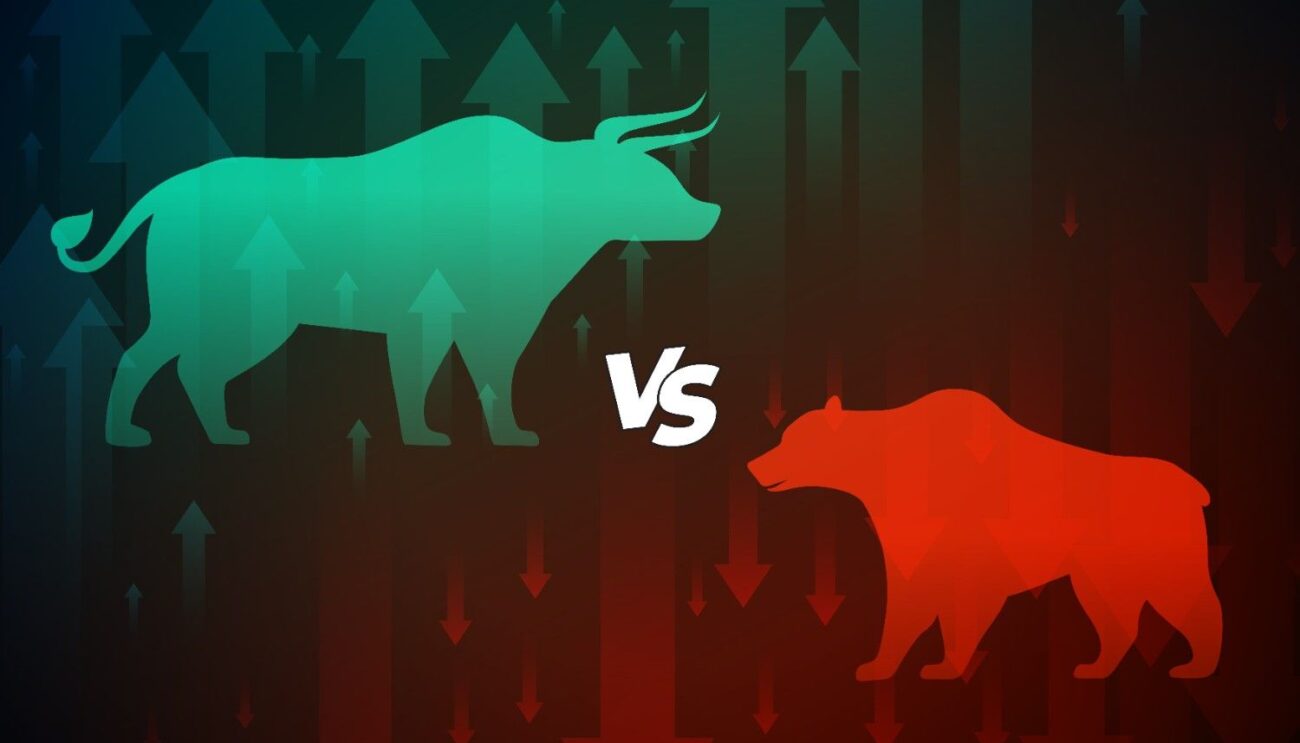The Indian stock market has two main benchmark indices that investors follow closely — the Sensex and the Nifty. Understanding Sensex vs Nifty is crucial for beginners and experienced traders alike. Both indices track the performance of top companies, but there are key differences in how they are structured, the companies they include, and how they reflect the economy.
What is the Sensex?
The Sensex, short for the Sensitive Index, is the benchmark index of the Bombay Stock Exchange (BSE). It consists of 30 of the largest and most actively traded companies across various sectors of the Indian economy. The selection is based on market capitalization, liquidity, and industry representation.
When investors compare Sensex vs Nifty, they often note that the Sensex is smaller in terms of the number of companies but still represents a broad picture of the market.
What is the Nifty?
The Nifty, or Nifty 50, is the benchmark index of the National Stock Exchange (NSE). It includes 50 large-cap companies from different sectors. Like the Sensex, the Nifty represents overall market sentiment but covers a larger sample of companies.
One major point in the difference between Sensex and Nifty is the number of constituents — Nifty tracks more companies, potentially offering broader market representation.
Sensex vs Nifty: Comparative Table
| Feature | Sensex | Nifty |
|---|---|---|
| Number of Companies | 30 | 50 |
| Exchange | BSE | NSE |
| Base Year | 1978–79 | 1995 |
| Base Value | 100 | 1,000 |
| Sector Representation | All major sectors | All major sectors |
| Calculation Method | Free-float market cap | Free-float market cap |
Key Differences Between Sensex and Nifty
Here are some important points that highlight the difference between Sensex and Nifty:
- Number of Companies – Sensex has 30, while Nifty includes 50.
- Exchange – Sensex is on the BSE, while Nifty is on the NSE.
- Base Year & Value – Sensex uses 1978–79 as its base year with a base value of 100, while Nifty’s base year is 1995 with a base value of 1,000.
- Market Representation – Nifty includes a slightly wider representation due to more companies.
- Volatility & Liquidity – Both are liquid, but differences in constituents may cause slight variations in movement.
While Sensex and Nifty guide long-term wealth creation, for short-term financial needs you can opt for an unsecured personal loan that provides instant funds without relying on market movements.
Companies in the Sensex and Nifty
Both indices feature top companies, but the exact list differs. While the Sensex focuses on the largest 30 by market capitalization and liquidity, the Nifty includes 50, offering a broader market view.
When discussing companies in Sensex and Nifty, note that many large firms are common to both, but their weighting can differ, influencing index movements differently.
Which One Should You Track?
Choosing between Sensex vs Nifty depends on your investment goals.
If you follow the BSE closely and want a concise snapshot of the market, the Sensex is sufficient.
If you prefer a broader representation across sectors, Nifty offers more diversity.
For long-term investing, both indices serve as reliable market indicators.
Many analysts recommend tracking both, as they often move in similar directions but may differ slightly in percentage change due to their composition.
Role in the Indian Economy
Both Sensex and Nifty act as barometers of the Indian economy. A rising index signals investor confidence and economic growth, while a falling index may indicate caution or a slowdown.
The difference between Sensex and Nifty also matters for portfolio benchmarking — comparing your returns with either index helps assess performance.
Just as indices reflect the broader economy, individuals too face financial ups and downs. In such times, a digital personal loan can act as quick support for urgent expenses.
While tracking Sensex vs Nifty helps in investment decisions, day-to-day money needs can be met easily with a quick personal loan for salaried professionals.
Example: Impact of Market Events
If a major sector like IT sees a surge, both indices may rise, but the Nifty’s movement could be slightly larger if it has more IT companies in its list. Similarly, a drop in banking could affect both, but to varying degrees, depending on their weightage.
Final Thoughts
The Sensex vs Nifty debate is less about which is better and more about understanding their structure and representation. Both are essential indicators for tracking market health, making informed investment decisions, and assessing sector trends.
By knowing the difference between Sensex and Nifty and understanding the companies in Sensex and Nifty, investors can make better portfolio choices and follow market trends with confidence.
FAQs
Q1. Why should I track Sensex and Nifty for long-term wealth creation?
A1. Tracking Sensex and Nifty helps you understand market trends and make informed investment decisions, providing insights for long-term wealth creation.
Q2. How can I manage short-term financial needs if the market is volatile?
A2. For short-term financial needs you can opt for an unsecured personal loan that provides instant funds without relying on market movements.
Q3. When should I use a digital personal loan?
A3. Just as indices reflect the broader economy, individuals too face financial ups and downs. In such times, a digital personal loan can act as quick support for urgent expenses.
Q4. How can salaried professionals meet day-to-day expenses apart from investments?
A4. While tracking Sensex vs Nifty helps in investment decisions, day-to-day money needs can be met easily with a quick personal loan for salaried professionals.
Q5. Why is it important to compare Sensex and Nifty for portfolio benchmarking?
A5. Comparing your returns with Sensex or Nifty helps assess investment performance and align your portfolio with broader market trends.




